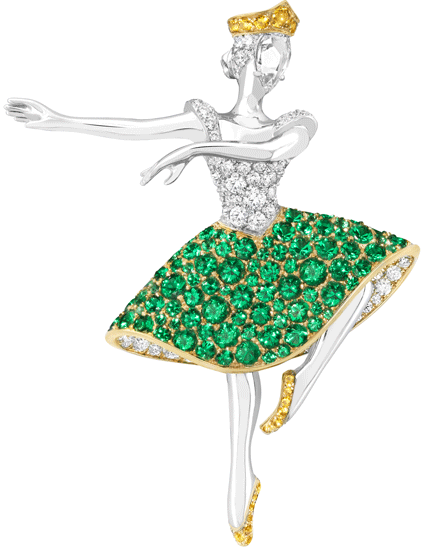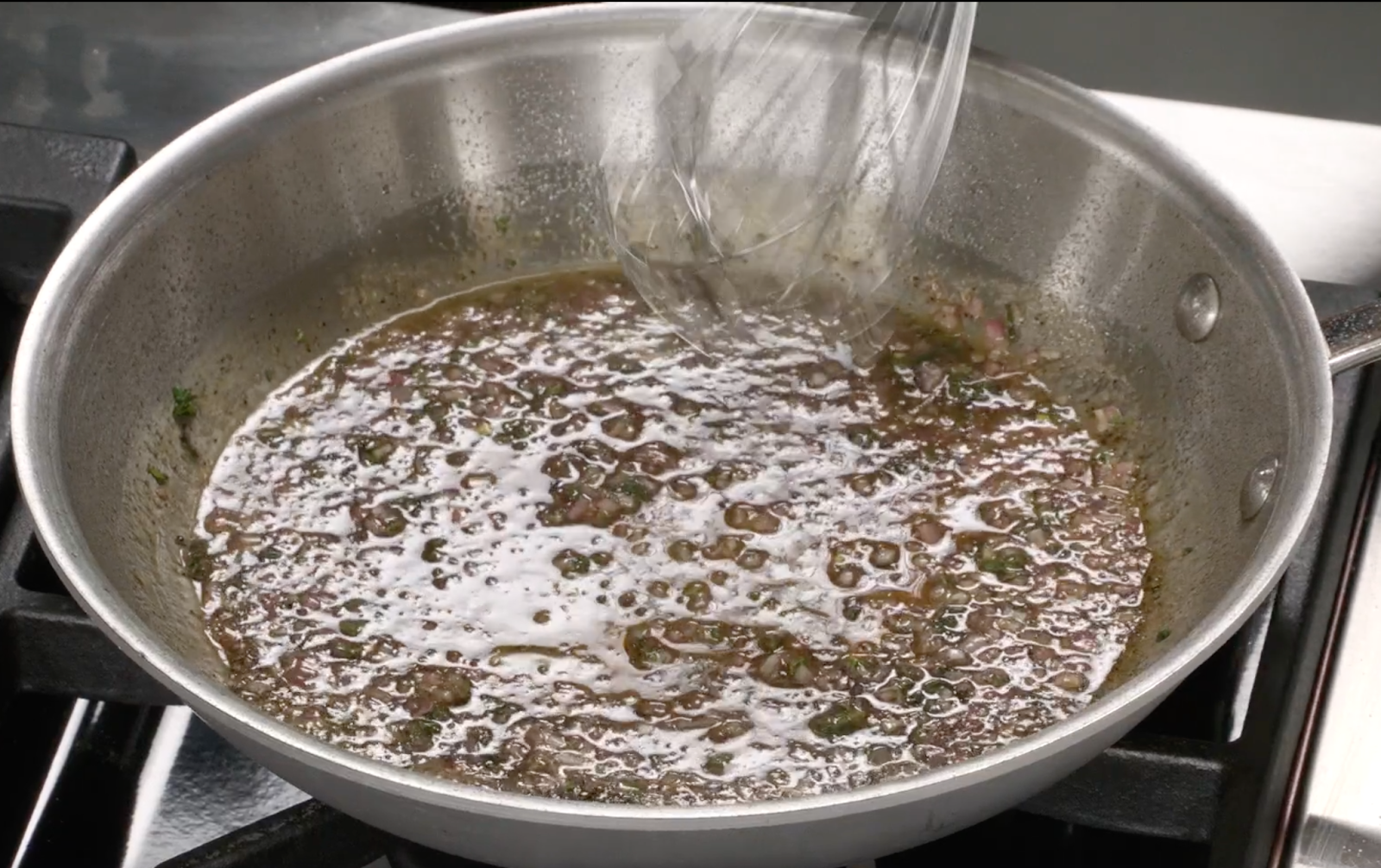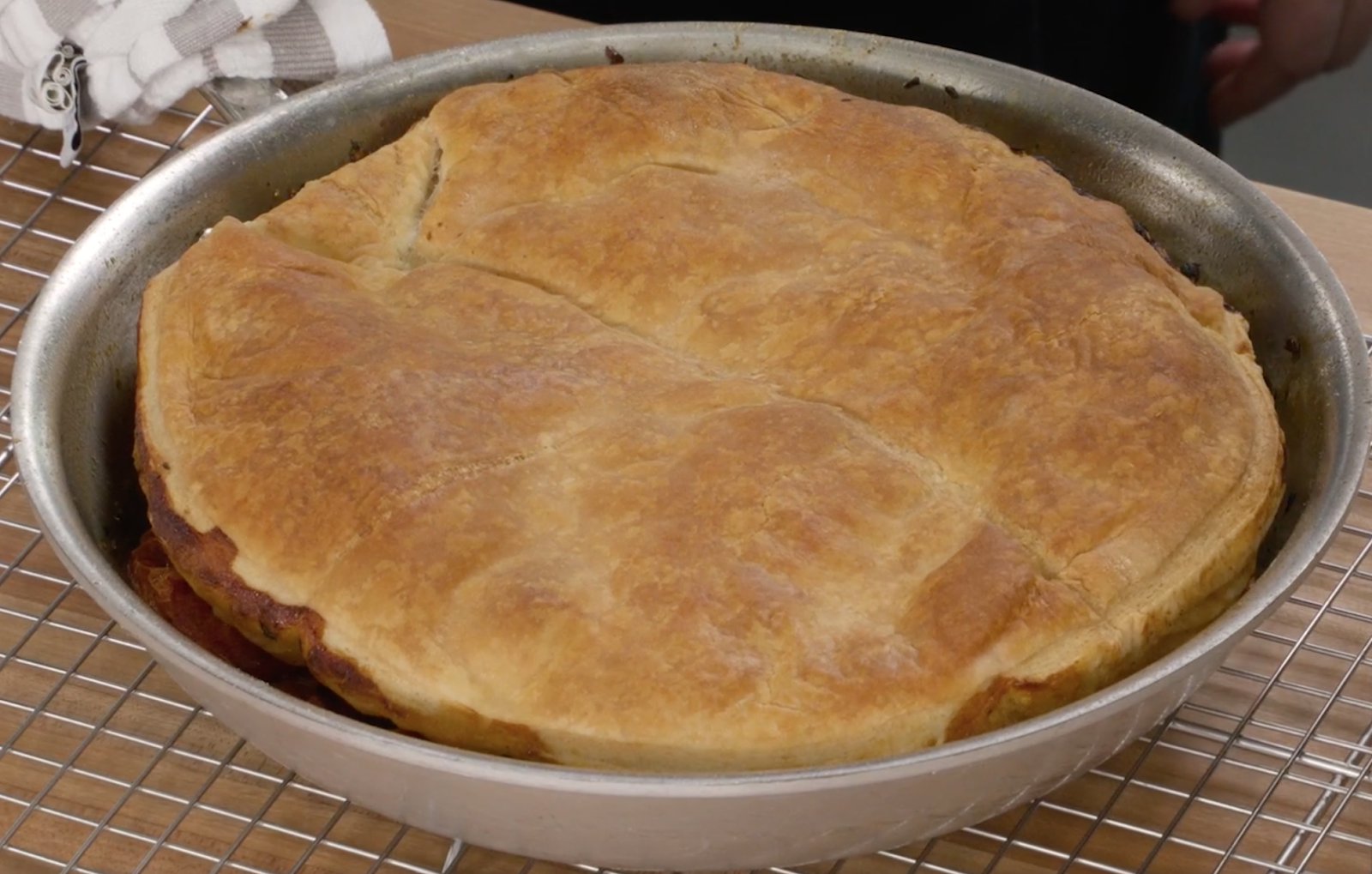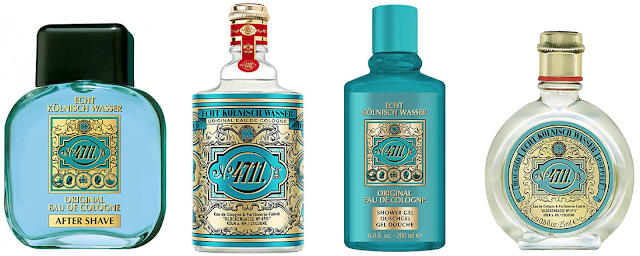 |
| Photo and linked article Bob Villa - with his advice |
I'm not against using Windex to clean glass or windows, but the size of the bottle keeps shrinking, and I'm simply tired of restocking it! Sooo, I stopped buying Windex. Now I buy a 32-ounce bottle of pure ammonia. Mix it with water -- about 1 part ammonia to two parts water poured into a spray bottle -- and voilà ... use it to clean glass; mirrors; counters; sinks; sometimes a bathroom floor; other surfaces; toilet bowls (avoid pouring it in the tank since over time ammonia could damage the mechanisms inside the tank), as well as, for wiping down big and small appliances. Saves time and money with less restocking: Dilute, delete, and next!
 |
| Check out Bev's chart. |
Next up: A Stainless Steel Cleaner is a tad harder to replace but not impossible. As it turns out, I find bottles of stainless steel cleaner at T.J. Maxx for $3 - $4 so continue to buy them. IMHO nothing works quite as well. What's more, making stainless steel cleaner is not a one, but two-step effort, therefore more time-consuming. In a pinch, here's how: Use white vinegar to break down grease and grime. The 5% acid in white vinegar will not hurt your stainless steel.
Repeat the spritz and wipe if needed. (There is a 6% acid white vinegar that is also safe to use if you feel like hunting for it. I'm trying to reduce not add another product and job to my cleaning routine. 5% ... sold!)
Next polish the stainless steel with food-grade oil. People commonly use olive oil, but home building expert, Bob Villa's website, says to use food-grade mineral oil to avoid the risk of the olive oil going rancid with prolonged sunlight. For sure expert advice, although I've never heard of food-grade mineral oil ... and I bet it's more expensive than my $3 Stainless Steel Cleaner, which is readymade! So in a pinch (of running out of Stainless Steel Cleaner), I would use olive oil. Shhhh, we won't tell Bob Villa!
In looking for photos after writing today's blog, I stumbled upon Bev's The Make Your Own Zone blog, which looks awesome! Join me in checking out her website for useful tips. Like me, I bet she settles for plain ole 5% white vinegar and olive oil in her cleaners in lieu of running around town to find stuff nobody ever buys.😛




































